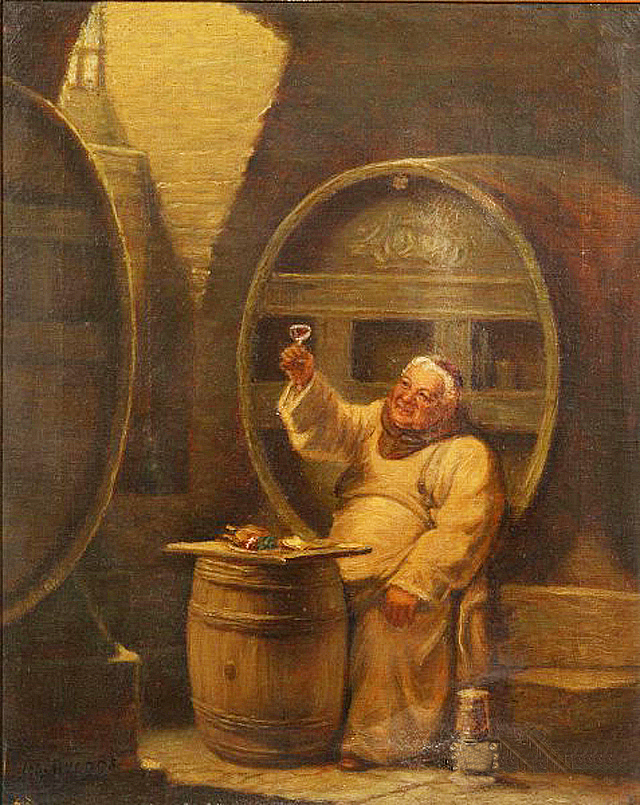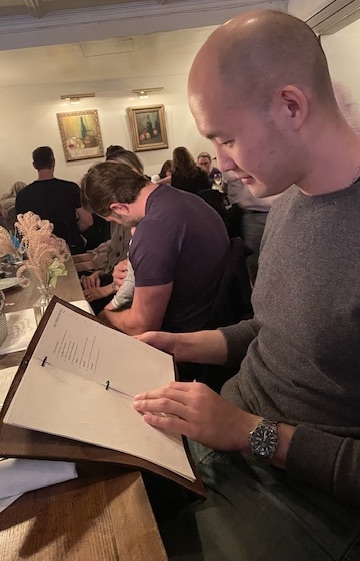
Another year, and another month of Dry January in the books. For those that haven’t caught on yet, myself included, non-alcoholic wine has picked up a lot of attention and momentum during January. So naturally, we wanted to ask the question: what is a non-alcoholic wine?
Let’s try to invert the problem first – what is wine? In its simplest form, wine is grape juice that has been fermented, aged, then bottled before being sold to customers. To go a step further, within the US, wine is grape juice that has fermented to contain between 7 – 24% of alcohol by volume.
Simple enough, so we can pour some grape juice into a can and start selling it? Not so fast.
Non-alcoholic wine, or dealcoholized wine as some may call it, has to start life as a normal wine. Producers farm and harvest the grapes, and press then vinify the grapes into conventional wine. They would follow all the same strict standards and requirements that any self-respecting wine producer would. But to create non-alcoholic wines, the producers would go through an additional step to remove the alcohol from the wine. These “wines”, after the dealcoholization process, must contain no more than 0.5% alcohol by volume.
So how do they dealcoholize wine? There are currently three widely known methods – Vacuum distillation, Spinning cone technology, and Reverse osmosis.
- Vacuum distillation ‘cooks’ the wine at a low temperature between 75° and 85° F, to allow ethanol to evaporate and be collected for other use. During this process, many volatile compounds that give wine its aromas also get separated. These aroma compounds get collected and are subsequently blended back into the dealcoholized wine.
- Spinning cone technology is an iteration upon the vacuum distillation method. By combining rotating cones and low-temperature evaporation, the centrifugal forces allow a more gentle extraction of aromatic and alcoholic components. After the alcohol is removed, the aroma compounds are blended back into the dealcoholized wine.
- Reverse osmosis is essentially a filtration method that uses a membrane to filter out components based on molecular size. Alcohol is filtered out and discarded, while aromatics and other flavor compounds are retained. Also, water equal to the volume of alcohol removed is added back.
While the process for dealcoholization has progressed greatly since non-alcoholic wines were first introduced back in the 1890s, it does not change the fact that something is being removed from the original wine product. The removal of alcohol unavoidably extracts aroma, flavor, and textural components such as tannins. Despite producers’ best efforts to recapture and incorporate those compounds, some are inevitably lost.
This lack of certain aromas and flavors is further exacerbated from the lack of alcohol. Though we are often quick to demonize alcohol content in beverages, it plays a key role in how we experience all the other components in wine. Alcohol evaporating in the glass helps enhance the smell of aromas, and it also adds body and texture to wine. No alcohol makes it harder for us to smell and taste the full expression of a wine.
So, you might ask: Do I like them?
I’d be lying if I said I did. Personally, I believe that alcohol is what makes wine, wine. Alcohol gives wine body, enhances aromatic and flavor profiles, and even helps some of us as a social lubricating vessel (in small and responsible quantities of course). But, I am also aware of the fact that some people cannot consume alcohol for health reasons, and where non-alcoholic wine can serve as a great substitute.
To close it off, I just want to say that here at Grape Collective, we are endlessly curious about all things related to wine, and we hope you find this article somewhat helpful. However, for those of you that are looking to purchase non-alcoholic wines, we regret (not really) to say that the liquor license at our Manhattan location only allows us to sell alcoholic beverages, therefore we are legally not allowed to sell non-alcoholic wines.











